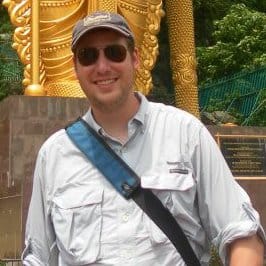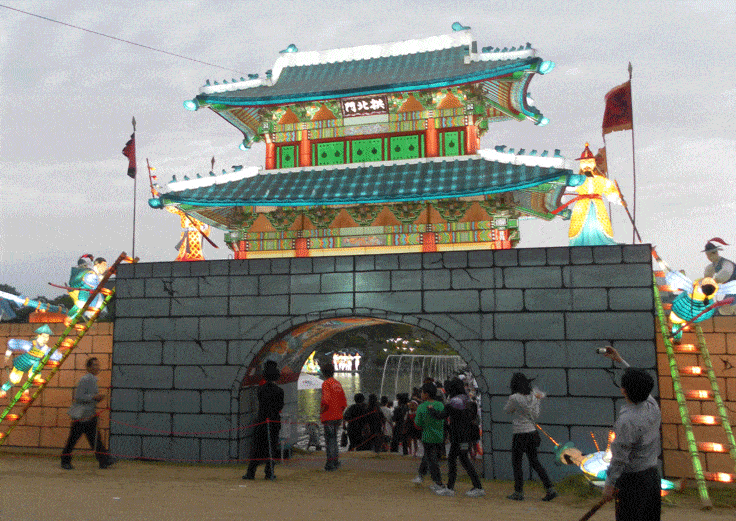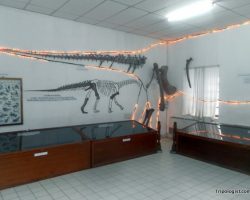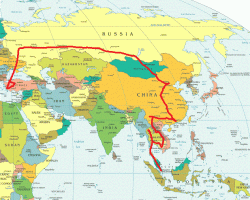“Wow!” was all that we could say. As the sun set behind the fortress walls, the real reason for our journey to Jinju became apparent. One by one, more than 50,000 lanterns started to flicker, casting a glow across the town that would have made Walt Disney tremble with anticipation. As we strolled along the banks of the Nam River, even an approaching storm couldn’t dampen our excitement.
From the traditional, to the modern, to the international, the lanterns captivated our attention. “Is that a fire-breathing dragon?” I asked my wife, already knowing the answer, but still feeling the need to ask. “Is that Park Ji-sung?” she responded just as quickly. It was quickly apparent that these kind of questions would be the focus of our conversation that evening.
Despite its decidedly modern flair, the Jinju Lantern Festival has its roots in Korean history. Based around Jinju Fortress, the site of a miraculous victory and a disastrous defeat at the hands of the Japanese in the late 16th century, the festival commemorates both events. Believing that floating lanterns down the river would provide peace and prosperity for all of Korea, survivors started a tradition that has been recently revitalized.
Even if you have had the privilege of seeing one of the lantern festivals held in Seoul, a trip to Jinju is still well worth your time. With lanterns both in the river and along the banks, musical performances, and a small-town fair atmosphere, the Jinju Lantern Festival seems much more intimate than its smaller, but more crowded, cousins in Seoul. It’s well worth your time to arrive several hours before sunset to check out the fortress and the festival grounds.
In 2011, the festival is being held from October 1 – 12 along the banks of the Nam River in Jinju. Getting there is simple, as buses for Jinju leave from many cities, including Seoul, Busan, Daegu, and Gwangju. From the bus station it’s a short walk or taxi ride to the festival grounds.
[box_light]This article first appeared in the October 2011 edition of 10 Magazine.[/box_light]

Jim Cheney is the creator of Tripologist.com. Having traveled extensively in North America, Europe, and Asia, Jim enjoys sharing his love of travel and some of his favorite places to visit around the world. He lives in Pennsylvania, USA, with his wife and two kids.


![The Fantastic Troegs Brewery Tour in Hershey, Pennsylvania [Video]](https://tripologist.com/wp-content/uploads/2013/08/SAM_9920-250x200.jpg)

